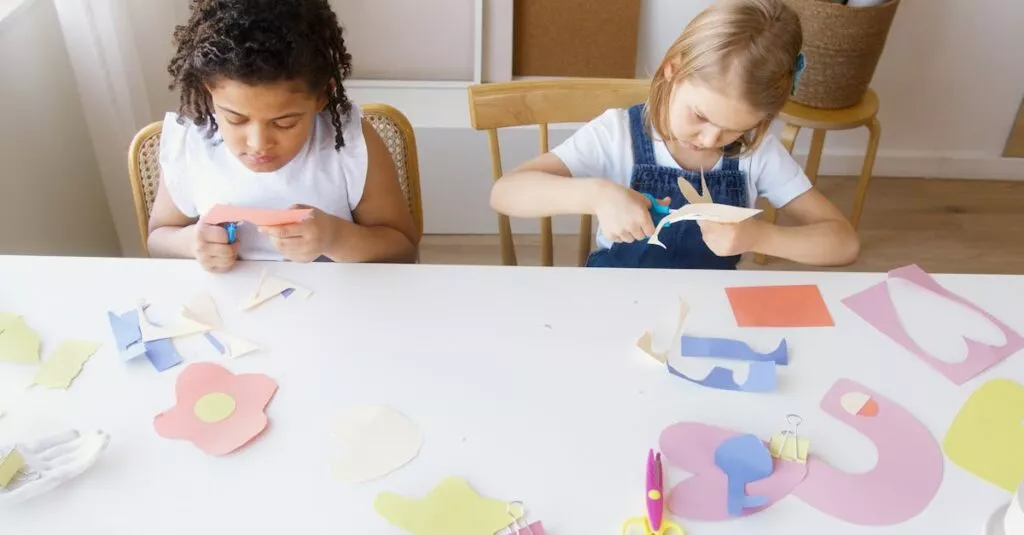Fostering a Caring Heart Early On
Fostering a caring heart starts with showing kids how much joy they can give to others through prayer. When you teach your child the importance of praying for others, it encourages empathy and compassion. Explain to them that praying for friends, family, and even people they don’t know can make a big difference in someone’s life. Use language they understand, like how they’d feel if someone wished them well on their birthday. Remind them that prayer is a special way to show love and concern. Show empathy by asking ‘How would you feel if your friend was sad, and you prayed for them?’
Making Prayer Fun and Interactive
Turning prayer time into fun activities can keep your pre-schooler engaged. Incorporate their favorite toys or drawings. For example, let them draw pictures of people they want to pray for. Make a DIY prayer chart with stickers they can place every time they pray for someone. Visual aids ensure that the idea of praying doesn’t fly over their heads. Singing songs or rhymes that mention praying for others also makes the routine enjoyable. A family prayer jar where everyone adds names or issues they want to pray for is another exciting way to involve them in prayer.

Overcoming Emotional Hurdles
Kids face emotional challenges when expressing themselves in prayers. Sometimes they might feel shy or unsure of what to say. Let them know it’s okay to start with simple words and feelings. Assure them that their prayer doesn’t have to be perfect. You can say, ‘It’s like talking to your best friend, and you just want to share what’s in your heart.’ By validating their feelings and encouraging small, daily moments of prayer, you help them build confidence. Create a supportive environment where they feel safe expressing their thoughts, no matter how simple.
Find ways to guide children through these struggles, teaching them that prayer is a personal and intimate conversation with God. Encourage them to be honest about their feelings, fears, and hopes, knowing that they are truly listening. Let them know that it’s okay to ask questions or simply sit in silence. Through patience and consistent support, children can develop a deep and meaningful prayer life.

Remember, the goal is not perfection but connection. Help children understand that God values their prayers, no matter how they are expressed. By nurturing their spiritual growth and emotional well-being, you equip them with valuable tools to navigate life’s challenges with faith and resilience.
Sharing Your Own Stories
Share personal anecdotes about times when prayer made a difference in your own life. This helps children relate prayer to real-life results. You might say, ‘When I felt scared before my big meeting, I prayed and felt better.’ Inserting humor, like ‘I even prayed not to burn dinner…again!’ makes the conversation light. These stories can be powerful tools to illustrate the impact and everyday relevance of prayer. By showing vulnerability and honesty, you make prayer a natural part of life rather than a formal activity.

Sharing personal experiences can make the concept of prayer more accessible and relatable. It creates a connection between the abstract idea of prayer and real-life situations, demonstrating its practical significance.
Inviting Discussion and Questions
Invite children to ask questions and express their thoughts about prayer. Open-ended discussions, such as ‘Who do you think needs our prayers today?’ foster curiosity and deeper understanding. This approach makes prayer a collective family experience. Emphasize that there are no ‘wrong’ questions. By regularly discussing prayer and its importance, you encourage a healthy dialogue and keep the topic fresh in their minds. Use bedtime or meal times as opportunities to initiate these chats, turning ordinary moments into special chances to learn and grow together.

